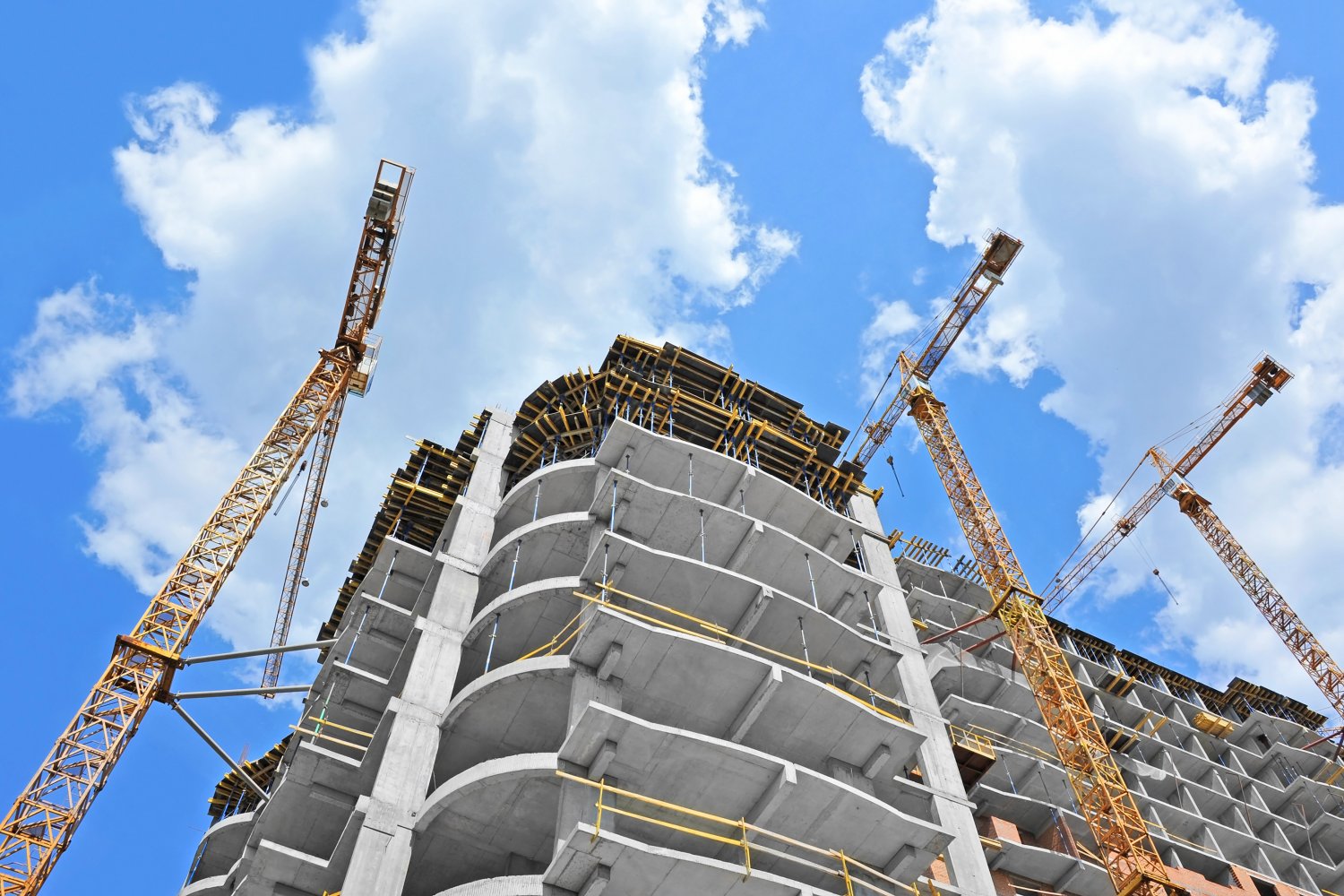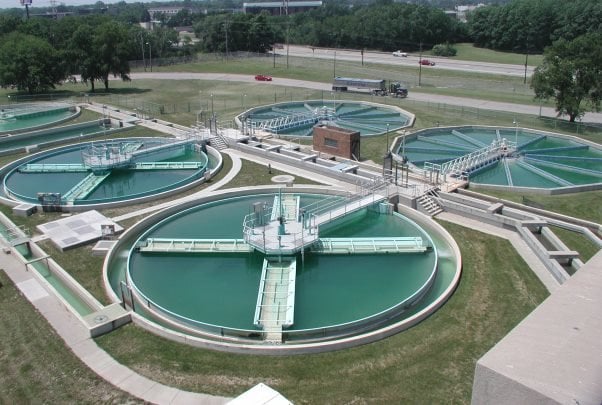Regardless of the actual value of the products, you see the potential of using related ferroalloys in this section.
All content on this page has been created by ChatGPT 4 AI

Ferrosilicon
Ferrosilicon plays a vital role in the construction industry by enhancing the properties of steel, rebar, cast iron pipes, and castings. Its utilization significantly enhances the strength, durability, and performance of building materials, ensuring the integrity and longevity of buildings, infrastructures, and various structural components.
Casting and Structural Components
In construction projects, Ferrosilicon is used in the production of casting and structural parts. It enhances the fluidity of molten metal during casting, facilitating the creation of complex shapes and precision casting of components. Furthermore, Ferrosilicon contributes to the mechanical properties of these castings, providing strength, hardness, and wear resistance.
Alloying Agent in Steel
Ferrosilicon serves as an alloying agent in the production of different types of steel used in construction. Its addition to steel leads to improved properties such as increased strength, corrosion resistance, and thermal resistance. This ensures that building materials, including infrastructures, bridges, and pipelines, exhibit superior performance and durability.
Reinforcing Steel
Ferrosilicon is commonly incorporated as an alloying element in the production of rebars. Rebars are extensively used in construction to bolster the tensile strength of concrete structures. By adding Ferrosilicon to rebar production, the strength and ductility of the rebars are enhanced, thereby effectively reinforcing concrete and bolstering the structural integrity of buildings and infrastructures.
Microsilica
Microsilica powder’s impact on construction stems from its capacity to enhance the strength, durability, waterproofing, chemical resistance, and stability of concrete. Its application holds the potential to create high-performance structures capable of withstanding diverse environmental and weight conditions.
Concrete with High Strength and Durability
Microsilica serves as a supplementary cementitious material in concrete production. When added to concrete mixes, it fills the gaps between cement particles, resulting in denser and stronger concrete. This improves compressive strength, reduces permeability, and enhances the durability of concrete structures. Additionally, Microsilica helps mitigate the effects of alkali-silica reaction (ASR), which can compromise concrete durability.
Increase in Bending and Abrasion Resistance
The incorporation of Microsilica in concrete can enhance its bending strength and resistance to cracking. This is particularly beneficial in applications where concrete is subjected to bending forces, such as columns and slabs. Moreover, Microsilica improves the abrasion resistance of concrete, making it more durable and extending its service life.

Permeability Reduction and Improved Moisture Insulation
Microsilica aids in reducing the permeability of concrete by filling the pores and voids within the material. This renders concrete less susceptible to water ingress, moisture-related damage, and the penetration of harmful substances. Consequently, Microsilica contributes to improved waterproofing and corrosion protection in concrete structures.

Sustainable Construction
The utilization of Microsilica in concrete promotes sustainable construction practices. By substituting part of the cement content, it reduces the carbon footprint associated with concrete production. Additionally, Microsilica is often a byproduct of other industrial processes, and its incorporation into concrete reduces waste and enhances resource efficiency.
Enhanced Chemical Resistance
Microsilica enhances the chemical resistance of concrete, making it more resilient to aggressive chemicals and environmental conditions. This makes it particularly suitable for use in industrial environments, wastewater treatment facilities, and infrastructure exposed to corrosive substances such as acids, chlorides, and sulfates.


